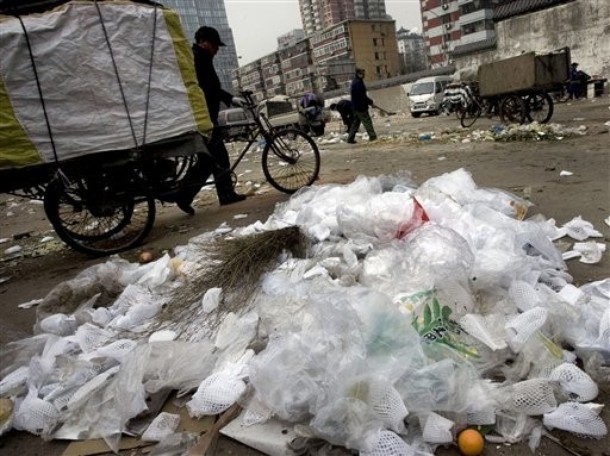I believe that every marketing executive needs to become knowledgeable about the environmental crisis in order to effectively lead in today’s socially responsible corporations. Marketing leaders must ensure that product managers are considering sustainability as a key requirement for new offerings just as they do price, features and service levels. Communications professionals must understand the key principles of Corporate Social Responsibility as they evolve their brand promise to customers. A few weeks ago I summarized my thoughts on Thomas Friedman’s Hot, Flat and Crowded. In this post, I will recap my learnings from William McDonough and Michael Braungart’s book Cradle-to-Cradle.
One of the most compelling ideas in the book was a comparison that the authors make between ants and humans. “All the ants on the planet taken together have a biomass greater than that of humans.” McDonough and Braungart go on to state that “Almost no land habitat from harsh desert to inner city is untouched by some species of ant. But population density and productiveness are not a problem for the rest of the world.” But the key difference with ants is that “Their productiveness nourishes plants, animals, and soil. Human industry has been in full swing for a little over a century, yet it has brought about a decline in almost every ecosystem on the planet. Nature doesn’t have a design problem. People do.”
Ants – Role Models for Humans
There is a good summary of the thesis behind Cradle-to-Cradle near the end of the book: “We can build factories whose products and by-products nourish the ecosystem with biodegradable material and re-circulate technical materials instead of dumping, burning or burying them. We can celebrate the fecundity in the world, instead of perpetuating a way of thinking that eliminates it.”
China’s White Pollution
The authors have some compelling and original ideas about how to fundamentally redesign industrial processes to be inherently sustainable. There were three ideas in Cradle-to-Cradle that I found particularly interesting:
- Today, we as consumers get “Products Plus” with every purchase. As buyers we get the item plus additives included by the manufacturer that we didn’t ask for and often do not know were included. These might include carcinogens that are absorbed by our skin upon contact or that harm biodiversity upon disposal.
- Most products are not recycled, but actually “downcycled.” The recycling process for plastics, steel and other materials often requires mixing them with other materials that lowers the quality preventing them from being reused for their original purpose.
- The manufacturing industry should move from a product-centric model to a service-centric model. Items such as cars, TV, carpeting, computers and refrigerators should be purchased for usage over a defined period of time. At the end of the time period the products are simply returned to the manufacturer for recycling or reuse.
All good ideas that technology marketers, especially those managing physical hardware products, should begin to embrace.











